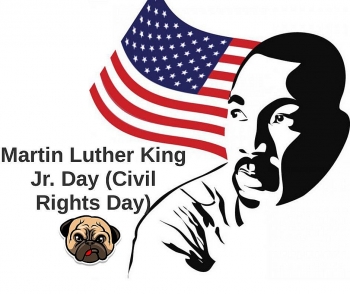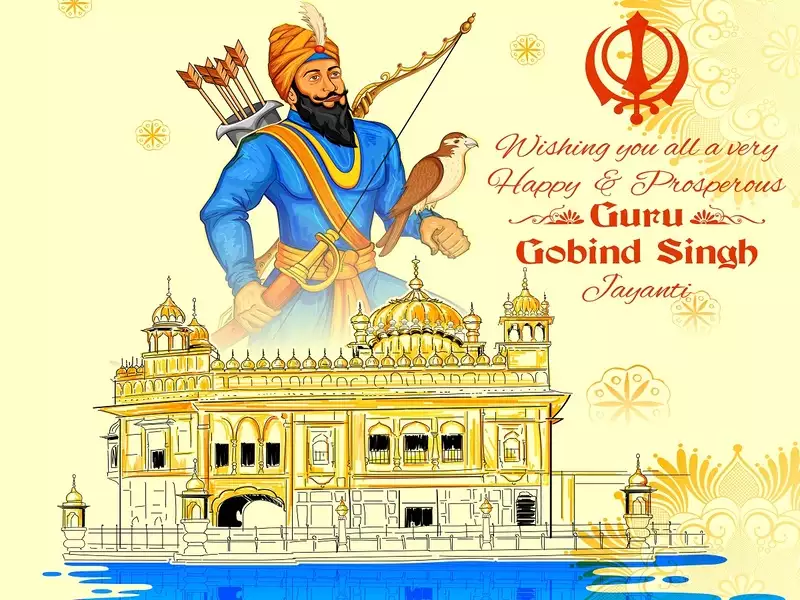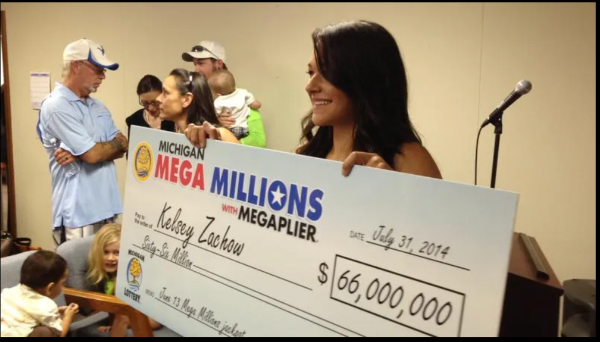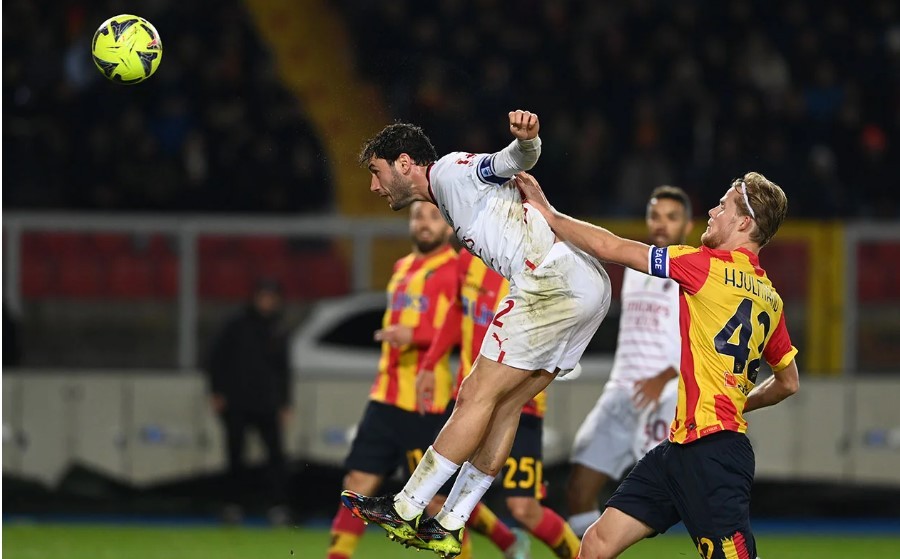India's Republic Day (26/1): History, Significance & Celebrations amidst Covid-19
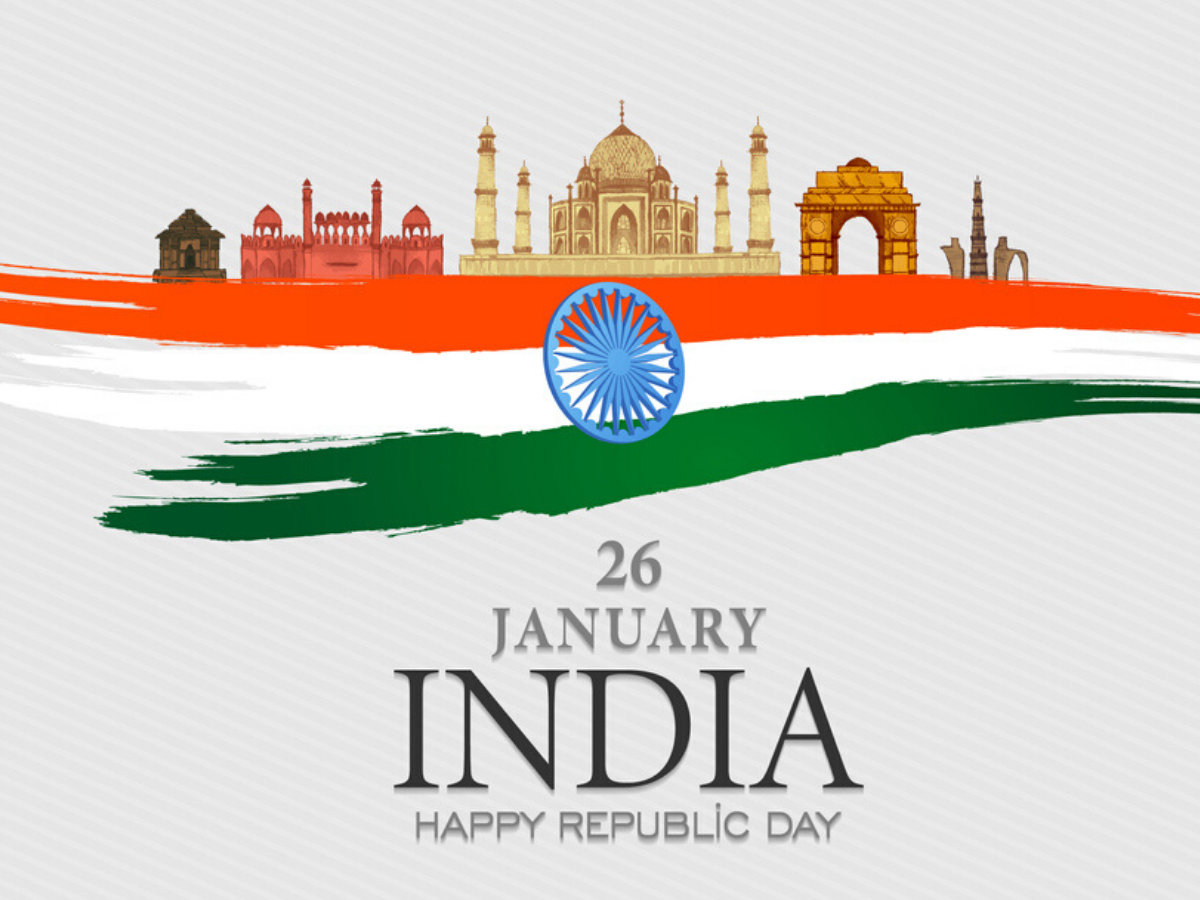 |
| India Republic Day falls on 26th January. Photo: Times of India |
Each year, 26th January is a day on which every Indian heart fills up with patriotic fervor and immense love for the motherland. There are many significant memories as it was this day when the Indian Tricolour was first unfurled in January 1930 at Lahore, by Pt Jawaharlal Nehru, and the declaration of an independent Indian National Congress was made.
26th January 1950 was the day when the Indian republic and its constitution came into force. It was this day in history in 1965 when Hindi was declared as the official language of India.
History of India Republic Day 26th January
On January 26, 1950, the Indian constitution takes effect, making the Republic of India the most populous democracy in the world.
Mohandas Gandhi struggled through decades of passive resistance before Britain finally accepted Indian independence. Self-rule had been promised during World War II, but after the war triangular negotiations between Gandhi, the British, and the Muslim League stalled over whether to partition India along religious lines. Eventually, Lord Mountbatten, the viceroy of India, forced through a compromise plan. On August 15, 1947, the former Mogul Empire was divided into the independent nations of India and Pakistan. Gandhi called the agreement the “noblest act of the British nation,” but religious strife between Hindus and Muslims soon marred his exhilaration. Hundreds of thousands died, including Gandhi, who was assassinated by a Hindu fanatic in January 1948 during a prayer vigil to an area of Muslim-Hindu violence, History cites.
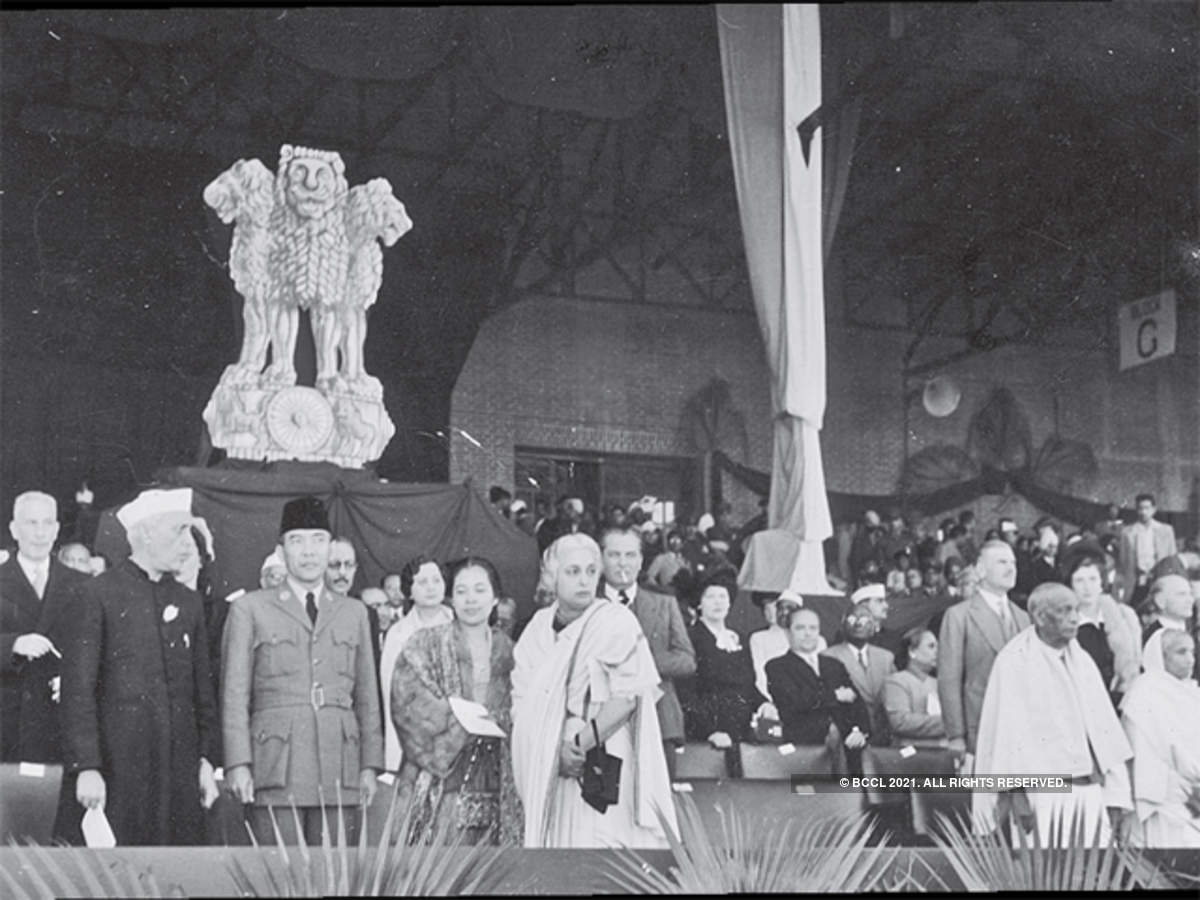 |
| Photo: The Economic Times |
Of Gandhi’s death, Indian Prime Minister Jawaharlal Nehru said, “The light has gone out of our lives, and there is darkness everywhere.” However, Nehru, a leader of the Indian struggle for independence and Gandhi’s protege, persisted in his efforts to stabilize India, and by 1949 the religious violence began to subside. In late 1949, an Indian constitution was adopted, and on January 26, 1950, the Republic of India was born.
With a universal adult franchise, Nehru hoped to overcome India’s “caste-ridden” society and promote greater gender equality. Elections were to be held at least every five years, and India’s government was modeled after the British parliamentary system. A president would hold the largely ceremonial post of head of state but would be given greater powers in times of emergency. The first president was Rajendra Prasad.
Nehru, who won his first of three subsequent elections in 1952, was faced with staggering challenges. A massively underdeveloped economy and overpopulation contributed to widespread poverty. Nehru also had to force the integration of the former princely states into the Indian union and suppress movements for greater autonomy in states like Punjab.
In his years of struggle against Britain, he always advocated nonviolence but as prime minister sometimes had to stray from this policy. He sent troops into the Portuguese enclaves of Goa and Daman and fought with China over Kashmir and Nepal. He died in 1964 and was succeeded by Lal Bahadur Shastri. Later, Nehru’s only child, Indira Gandhi, served four terms as a controversial prime minister of India.
| Poorna Swaraj Day becomes Republic Day When India became independent in 1947, the day set by the British was August 15– chosen to coincide with the second anniversary of the day when Japanese forces submitted to allied powers after the Second World War. The historian Ramachandra Guha notes, “freedom finally came on a day that resonated with imperial pride rather than nationalist sentiment.” Thus, when the Constitution of India was adopted on 26th November 1949, many considered it necessary to celebrate the document on a day associated with national pride. The Poorna Swaraj day was the best option– January 26. It has since been celebrated as the country’s Republic Day |
The first Indian Republic Day celebration
As per the Fauji Akhbar report on February 4, 1950, India was declared the Sovereign Democratic Republic exactly at 18 minutes past 10 on the morning of Thursday, January 26, 1950. Six minutes later, Dr. Rajendra Prasad was sworn in as the President, according to India TV News.
The retiring Governor-General, C Rajagopalachari, read out the proclamation of the Republic of India: “Now, therefore, it is hereby proclaimed that from this, the 26th day of January 1950, India, that is Bharat, shall be the Sovereign Democratic Republic, and the Union and its component units, the States, shall exercise all powers and functions of government and administration in accordance with the provisions of the said Constitution.”
“The state drive started exactly at 2.30 pm. The 35- year-old coach, specially renovated for the occasion, bearing the new emblem of Ashoka’s capital and drawn by six sturdy Australian horses, carried the President and drove out of the Government House at a slow trot, escorted by the President’s bodyguard,” Fauji Akhbar reported.
As many as 15,000 people watched one of the most magnificent military parades where 3,000 officers and men of the three armed services of India and the police with massed bands had taken positions for the ceremonial parade.
Celebrations of India Republic Day 26th January
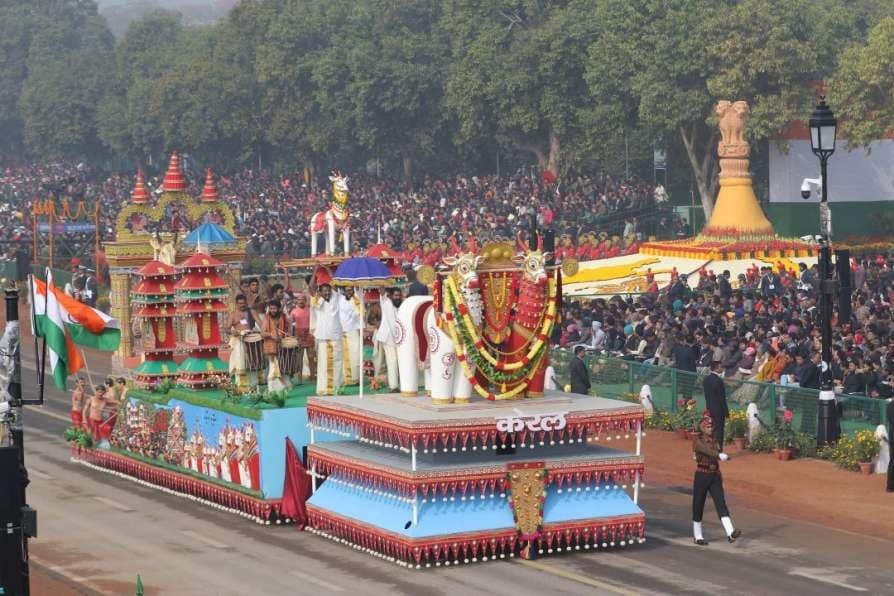 |
| Photo: Mathrubhumi English |
On Republic Day, flag hoisting ceremonies and parades by armed forces and school children are held in different parts of the country. The grandest and most important of these parades is held at Rajpath in New Delhi, which showcases a multi-hued image of the country's rich cultural heritage and military prowess, says Know India.
This parade is presided over by the President of India. One of the main functions of the Republic Day Parade is to pay tribute to the martyrs who have sacrificed their lives for the country and to confer bravery awards on military persons, citizenry and children for showing courage in the face of adversity.
The Prime Minister of India first lays a wreath at the Amar Jawan Jyoti at India Gate, in memory of all members of the armed forces who gave up their life for the country. After that, there is the 21 gun salute, unfurling of the National Flag and singing of the National Anthem. Next, awards such as the Paramvir Chakra, Ashok Chakra and Vir Chakra are presented to gallantry award winners.
The parade begins with winners of gallantry awards saluting the President in open military jeeps, followed by the display of various tanks, missiles and other equipment added to the arsenal of the military. After this, is the march-past of different regiments of the armed forces, police, Home Guards and National Cadet Corps. The President of India, being the Commander-in-Chief of the Indian Armed Forces, takes the salute. This is followed by a vibrant parade comprising tableaux from different States and cultural dances by patriotic school children.
Children who have won Pradhan Mantri Rashtriya Bal Puraskar ride past the spectators on colorfully decorated elephants. These children are honored and awarded by the Indian Council for Child Welfare for performing outstanding deeds of bravery and selfless sacrifice.
The Republic Day Parade is concluded by daredevil motorcycle riding and a flypast by Indian Air Force fighter jets over Rajpath, as spectators look on with their hearts filled with pride.
PM Rally
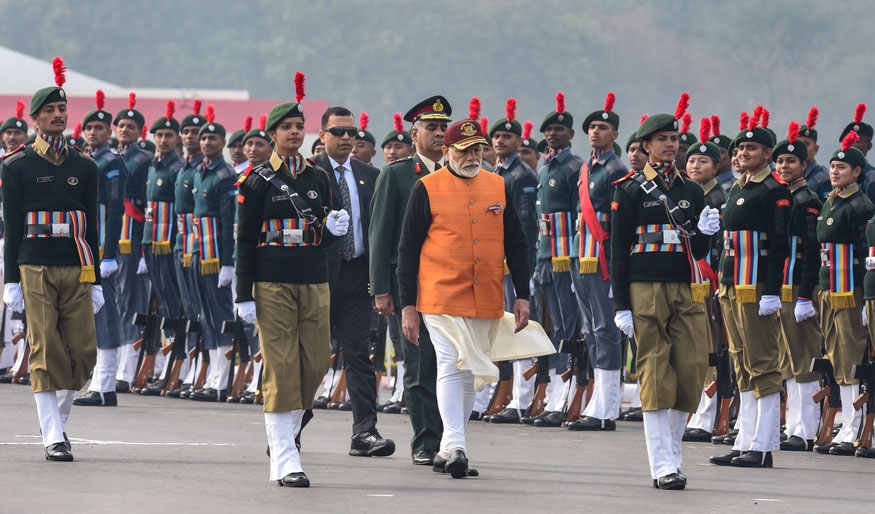 |
| PM Rally 2020. Photo: News18 |
The Republic Day celebration is a three-day extravaganza and posts this celebration at India Gate, on the 27th January, a Prime Minister's Rally is held by a crème of N.C.C cadets displaying various breath-taking performances and drill.
Lok Tarang
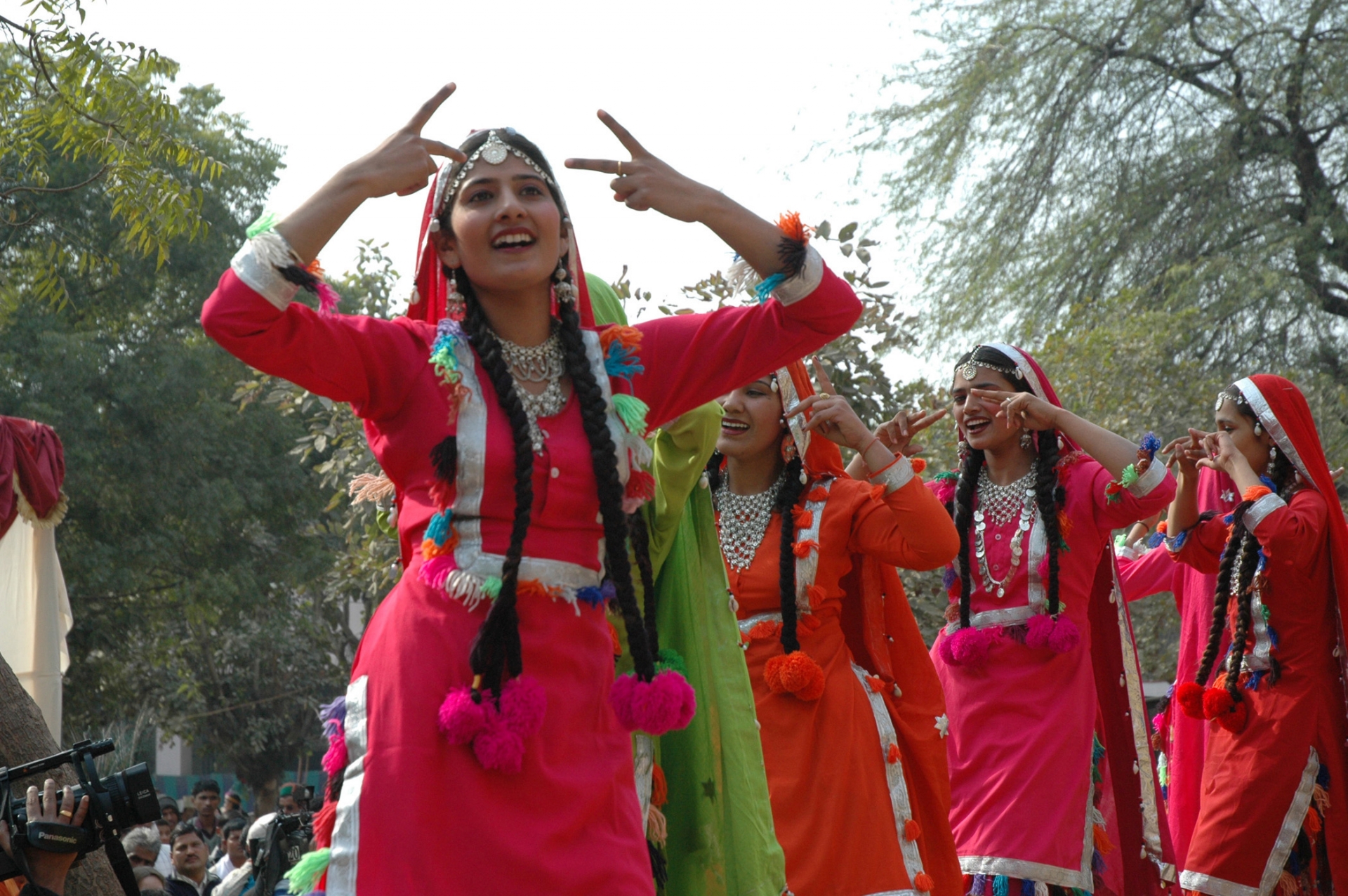 |
| Photo: Wikimedia Commons |
The Ministry of Culture, Government of India, in association with seven Zonal Cultural Centres organize "Lok Tarang, - National Folk Dance Festival" every year from 24th to 29th January. This festival provides a unique opportunity for people to witness colorful, vibrant and authentic folk dances drawn from various parts of the country.
Beating the Retreat
 |
| Photo: DNA India |
Beating The Retreat officially denotes the end of Republic Day festivities. All important Government Buildings are beautifully decorated with lights every evening from 26th to 29th. Beating the Retreat ceremony is conducted on the evening of January 29, the third day after Republic Day. The ceremony starts with the massed bands of the three services marching in unison, playing popular marching tunes.
The drummers also give a solo performance (known as the Drummer's Call). Followed by this the drummers play Abide With Me (which is also said to be Gandhiji's favorite) and the chimes made by the tubular bells, placed quite at a distance, create a mesmerizing ambiance.
This is followed by the bugle call for Retreat, the bandmaster then marches to the President and requests permission to take the bands away, and informs that the closing ceremony is now complete. The bands march back playing a popular martial tune Saare Jahan Se Achcha.
At exactly 6 pm, the buglers sound the retreat and the National Flag is lowered, and the National Anthem is sung, bringing the Republic Day celebrations to a formal end.
Republic Day parade to be shorter this year due to Covid-19
The Republic Day celebrations at Rajpath this month are likely to witness a number of changes including smaller marching contingents, shorter distance for the parade and fewer spectators compared to the previous years in view of the coronavirus pandemic, notes DNA India.
Recently, the External Affairs Minister S Jaishankar had confirmed that United Kingdom's Prime Minister Boris Johnson will be attendingIndia's Republic Day celebrations on January 26, 2021, as the chief guest, adding that it is symbolic of a new era of India-UK ties.
The government is likely to scale down the number of visitors at the Republic Day parade 2021 to avoid overcrowding and ensure social distancing amid the COVID-19 outbreak and concerns over the new virus strains.
With weeks left for Republic Day, the Indian Army continues its rehearsal for the parade on Sunday amid cold conditions in the national capital. The preparations for the celebrations are being made keeping in mind all COVID-19 protocols.
India will celebrate its 72nd Republic Day on January 26 this year, honoring the historic date when the country completed its transition towards becoming an independent republic after the Constitution came into effect.
Several other precautions are underway to ensure safety during the R-Day celebrations in view of the coronavirus situation.
Around 25,000 spectators will be allowed to witness the celebrations as against a normal crowd of around 100,000 people and children below 15 years of age will and the elderly with co-morbidities will not be allowed entry, PTI reported.
Similarly, the size of the marching contingents is likely to be brought down from around 144 in each contingent to around 96. The parade is also likely to be of shorter distance. It will start from Vijay Chowk and end at the National Stadium instead of the Red Fort, reported the news agency.
"The parade will begin from Vijay Chowk, as usual, but will culminate at the National Stadium instead of ending at the Red Fort. So, it will cover a distance of 3.3 km as compared to the normal 8.2 km," Times of India reported.
Over 2,000 Army personnel arrived in Delhi in late November for Republic Day and Army Day parades and they are being kept in a 'safe bubble'.
Army Day is celebrated on January 15. Similar arrangements have been made by the Indian Navy and the Indian Air Force. Two contingents of the IAF have been selected for the parade and one of them will participate in it.
A Bangladesh Army delegation would also be taking part in this year's Republic Day parade in view of the 50th-anniversary celebrations of the 1971 war of liberation.
After facing defeat in the 1971 war, the then Army Chief of Pakistan General Amir Abdullah Khan Niazi, along with his 93,000 troops, surrendered to allied forces, which also comprised Indian Army personnel.
In 2020, the country witnessed a relatively muted Independence Day function at Red Fort in terms of the participation of people in view of the situation created by COVID-19.
For more information about most popular and significant festivals in India, please click here!
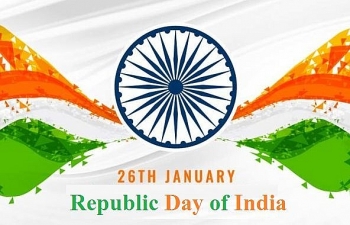 India Republic Day (26/1): Meaningful Quotes, Messages- SMS and Wishes India Republic Day (26/1): Meaningful Quotes, Messages- SMS and Wishes India Republic Day is the festival which is celebrated on 26th January across the country spectacularly in India's national capital. In the year 2021, it ... |
|
Dr. Martin Luther King Jr. (also known as M.L.K. for short) is regarded as one of the greatest American leaders of all time. Martin ... |
|
Martin Luther King Day is a federal holiday held on the third Monday of January. It celebrates the life and achievements of Martin Luther King ... |
|
Guru Gobind Singh Jayanti 2021: Guru Gobind Singh Jayanti is an important festival of Sikhs all over the world. It is an occasion to commemorate ... |

